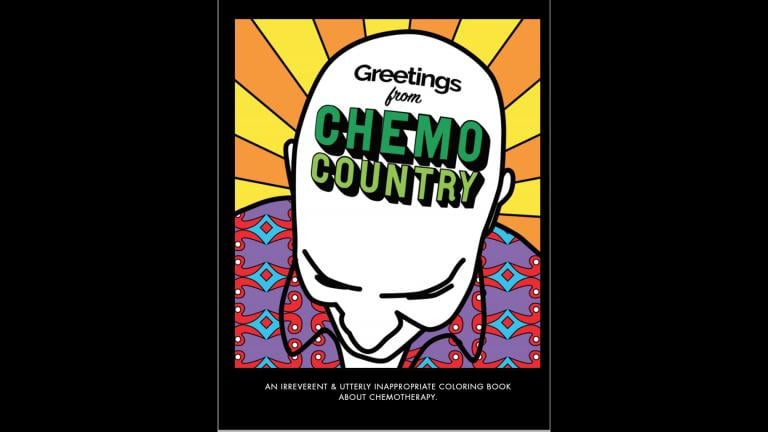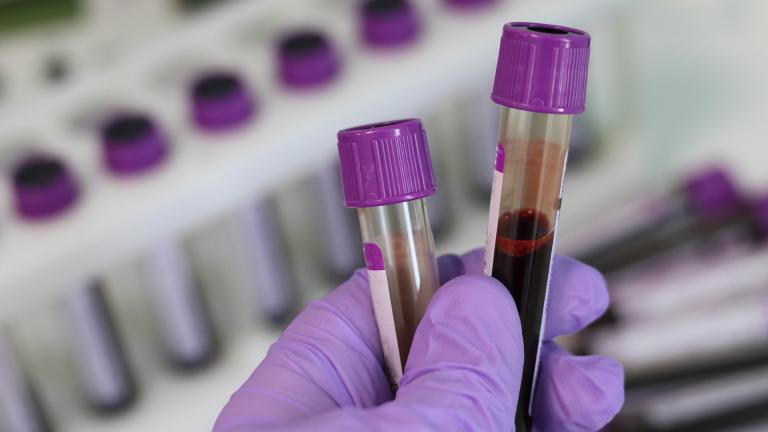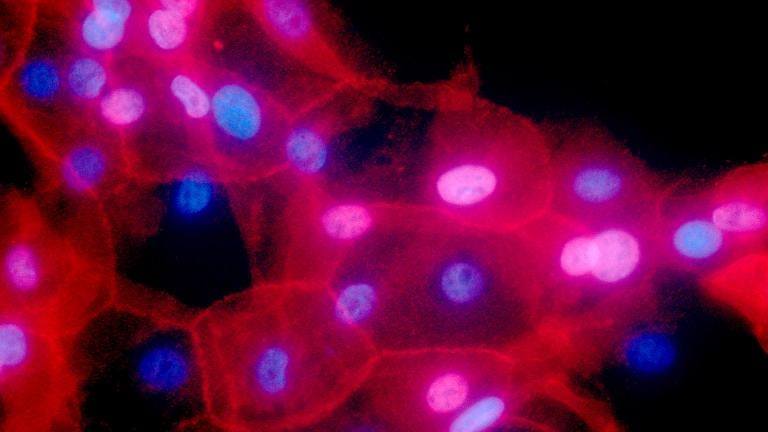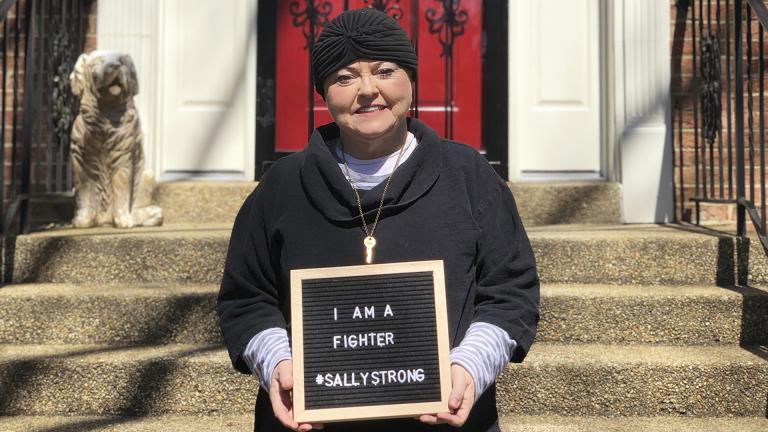Wheaton resident Jeri Davis had a lot of irreverent thoughts about chemotherapy, so she jotted down one-liners during her treatment sessions. With the help of more than dozen artists, she has now turned her witty insights into a coloring book.
Cancer
Friends, family members and former students gathered virtually on Sunday to remember longtime Chicago yoga teacher and therapist Catherine Ashton, who died Nov. 14 as a result of pancreatic cancer.
In Cook County, Black people are 26% more likely to get colon and rectum cancer than white people, according to the CDC. “Screening rates a bit lower, but they’re not that much lower,” said Dr. Ed McDonald, a gastroenterologist. “There’s something else going on.”
Justice Ruth Bader Ginsburg said Friday she is receiving chemotherapy for a recurrence of cancer, but has no plans to retire from the Supreme Court.
Cancer treatment can be costly, but new findings from Rush University Medical Center suggest an inexpensive, effective treatment could be within reach.
The American Cancer Society reported last week the largest ever single-year decline in deaths from cancer. How improved disease screening and breakthrough treatments are giving cancer patients new hope.
Researchers on Wednesday reported the largest-ever one-year decline in the U.S. cancer death rate, a drop they credited to advances in lung-tumor treatments.
Chicago comic artist Ed Siemienkowicz died before he could complete his nearly 250-page graphic novel. For the last two years, more than 150 artists and friends have donated their time and skills to finish what he started.
Illinois has one of the best lung cancer survival rates in the country, yet it also has one of the highest incidence rates of lung cancer, according to a new report from the American Lung Association.
After helping to reduce racial disparities in breast cancer deaths in Chicago, the local nonprofit Equal Hope is aiming to eliminate cervical cancer in the city. “No woman should ever die of cervical cancer,” said the group’s executive director.
The scientist who invented blood tests that can detect diabetic complications and liver cancer sees the tool becoming part of annual blood tests in the future. “That’s the grand picture,” said University of Chicago professor Chuan He.
Eating red meat is linked to cancer and heart disease, but are the risks big enough to give up burgers and steak? A team of international researchers says probably not, contradicting established advice.
More women may benefit from gene testing for hereditary breast or ovarian cancer, especially if they’ve already survived cancer once, an influential health group recommended Tuesday.
A new report praises Illinois for raising taxes on tobacco products and increasing the legal smoking age to 21, but says there’s still more work to do when it comes to reducing cancer rates.
A trio of cyclists who have been touched by leukemia are traveling across the country to raise money and awareness for Be the Match, a nonprofit that helps patients who need bone marrow or umbilical cord blood transplants.
Thousands of gravely ill cancer patients each year seek “compassionate use” access to treatments that are not yet on the market but have shown some promise in early testing and aren’t available to them through a study.

















